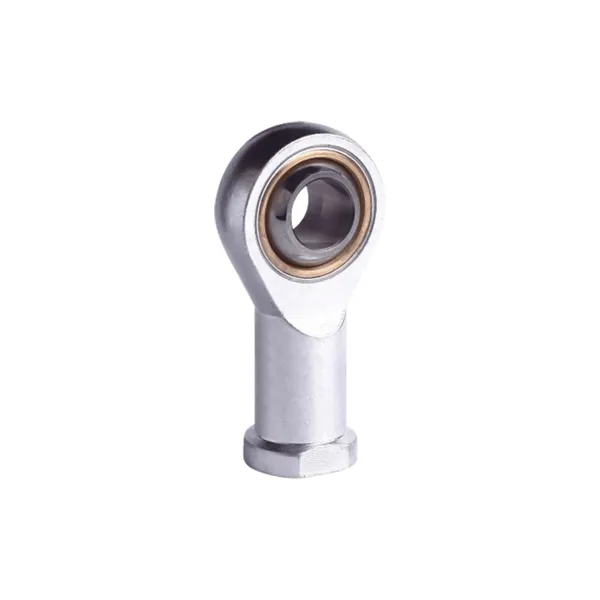Maintenance-Free Rod Ends vs. Traditional Rod Ends: A Comparative Guide
2024-11-21
In mechanical systems, the choice of components can significantly impact efficiency and reliability. Rod ends, essential in connecting and facilitating motion between parts, have evolved over the years. The traditional design is now complemented—and often replaced—by maintenance-free rod ends. In this blog, we’ll compare these two types to help you understand their differences and determine the best choice for your applications.
What Are Traditional Rod Ends?
Traditional rod ends, also known as lubricated rod ends, are mechanical joints that require regular maintenance, particularly lubrication, to reduce wear and friction. These rod ends typically use metallic surfaces that rely on grease or oil for smooth operation.
When to Choose Maintenance-Free Rod Ends
1. Hard-to-Reach Areas:
- Ideal for applications where regular maintenance is challenging, such as enclosed machinery or aerospace systems.
2. Harsh Environments:
- Perform well in dusty, wet, or chemically aggressive environments where traditional lubrication may fail.
3. Long-Term Cost Savings:
- Reduce overall costs by eliminating the need for lubrication and frequent replacements.
4. High-Performance Applications:
- Excellent for systems requiring consistent performance and low friction.
When to Choose Traditional Rod Ends
1. Low-Cost Applications:
- Suitable for systems with a tight budget and less demanding performance requirements.
2. Easily Accessible Maintenance:
- Can be maintained effectively if regular access for lubrication is feasible.
3. Short-Term Usage:
- Work well in temporary systems or projects with limited operational duration.
Technological Advancements Driving the Shift
The development of maintenance-free rod ends reflects significant advancements in materials and engineering. Key innovations include:
1. PTFE Liners:
- Reduce friction and wear without requiring lubrication.
2. Corrosion-Resistant Alloys:
- Extend lifespan in aggressive environments.
3. Advanced Manufacturing Techniques:
- Ensure precision and consistency in production.
While traditional rod ends still have their place, maintenance-free rod ends are increasingly favored for their reliability, cost-efficiency, and environmental benefits. Understanding the key differences and selecting the right type for your application is crucial for optimal performance and long-term savings.



